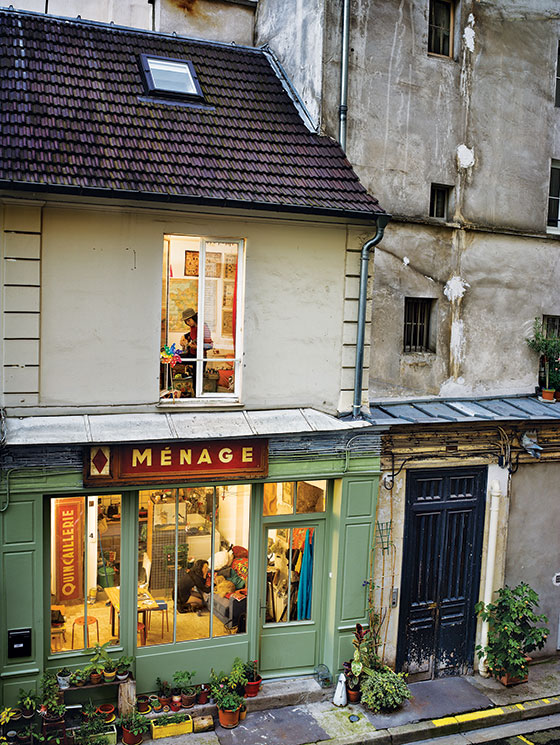
There are few cities as fetishized as Paris, but in reality, there’s also this: French unemployment hit a record high in 2013, and recent gains by Marine Le Pen’s aggressively right-leaning Front National have caused a panic among France’s leftist factions. An undeniable degree of uncertainty and gloom pervades the nation’s psyche—a morosité, as it’s called. But frankly, this time of year, when the sun doesn’t set till almost ten at night, it’s hard to feel too morose on the streets of Paris. Nor have Parisians lost their focus on a better future: New mayor Anne Hidalgo, the first woman to hold that job, has drawn up a five-point action plan to curb pollution. The city’s irrepressible creative class—priced out of the central arrondissements—has transformed once-seedy neighborhoods like Pigalle and Château d’Eau, where you’ll now find Australian coffeehouses, Brooklyn-style speakeasies, and Scandi-inflected concept shops. Paris feels much more international than it used to, not on a par with London or Berlin, perhaps, but it’s getting there. At the same time, French cuisine is thriving again, with some of the most exciting cooking taking place in tiny wine bars. And promising to blur the barrier between the péripherique (the ring road around Paris) and its grittier banlieues is Grand Paris: a €35 billion initiative that will give rise to four fully automated Metro lines linking the suburbs and the city, meaning there will soon be even more Paris to go around.